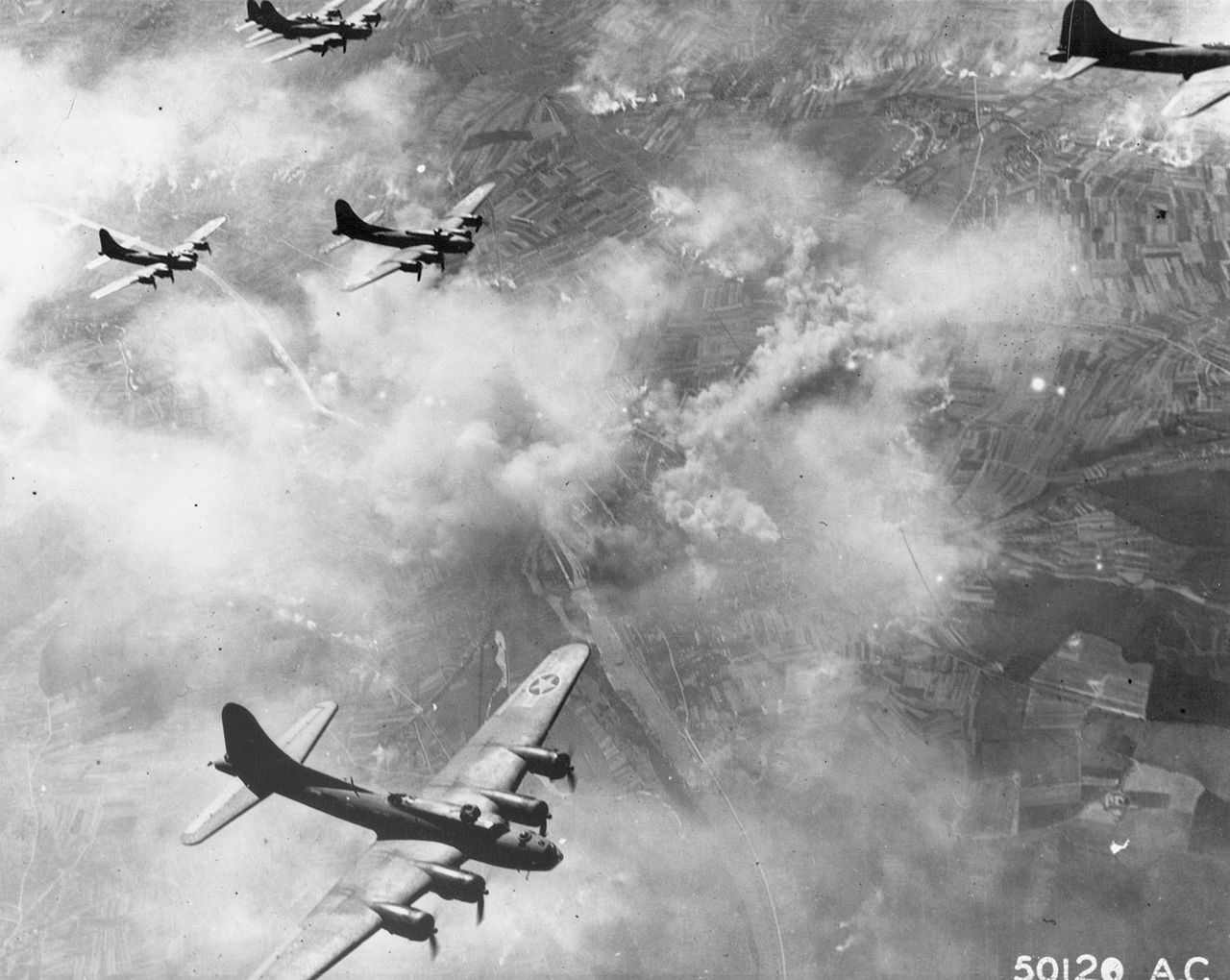Despite the attack causing significant damage to both factories, 60 of the 376 bombers—or roughly 1 in 6—were shot down, and more than 600 Airmen perished, went missing, or were captured
The US accelerated the development of its heavy bomber forces in Europe in the summer of 1943, and more B-17s and B-24s were sent against Germany targets. Nonetheless, they ran the risk of being shot down by Luftwaffe fighters if they went past the range of their P-47 escort.
Deep inside of Germany, on August 17, the targets were the Messerschmitt fighter factory in Regensburg and the ball bearing plants in Schweinfurt.
Both raids were intended to take place concurrently, with the Regensburg force landing at airfields in North Africa, in order to weaken the German resistance. Regrettably, fog prevented the Schweinfurt force from taking off on schedule, but the Regensburg force did.

Due to this, enemy fighters attacked the first force, touched down, rearmed, and refueled, and then fought the second group that had been delayed. For a large portion of the operation, the bombers were on their own against wave after wave of German fighters. Despite the attack causing significant damage to both factories, 60 of the 376 bombers—or roughly 1 in 6—were shot down, and more than 600 Airmen perished, went missing, or were captured. The worst air fight ever for the USAAF.

On September 6, Stuttgart was the intended objective; 45 of the 262 attacking aircraft perished. Even though P-47s had jettisonable belly fuel tanks, which slightly increased their range, they were still unable to provide escort protection well beyond Germany’s western border.
On October 14, 1943, the second Schweinfurt attack, commonly known as Black Thursday, only increased the devastation. Initial predictions were incorrect—unescorted heavy bombers could not defend themselves against hostile fighters on their own. Sadly, USAAF fighters at the time lacked the range to fly alongside bombers during deep enemy territory operations.

The North American P-51B Mustang was the actual answer to this problem. The long-range P-51B not only reduced bomber losses but also soon established air superiority over Europe, which helped pave the way for D-Day in numerous ways.
Just roughly 25% of the Eighth Air Force bomber crewmen completed their 25-mission tours in 1943, according to the National Museum of the United States Air Force; the remaining 75% were killed, badly wounded, or captured. Bomber crews bravely continued their strikes mission after mission despite knowing how unlikely it was that they would complete their deployments.
In order to achieve the air superiority necessary for the success of Operation Overlord, the American campaign goal for the 1943 daylight bombing sorties deep into Germany was to cripple the Luftwaffe fighter force. Due to the Germans’ success in achieving their own goal of destroying enough Eight Air Force bombers, the Americans were forced to halt their bombing campaign in the middle of October 1943, preventing the Eighth Air Force from completing this campaign objective.
Photo by U.S. Air Force, U.S. Army Air Force, and Rama via Wikipedia

